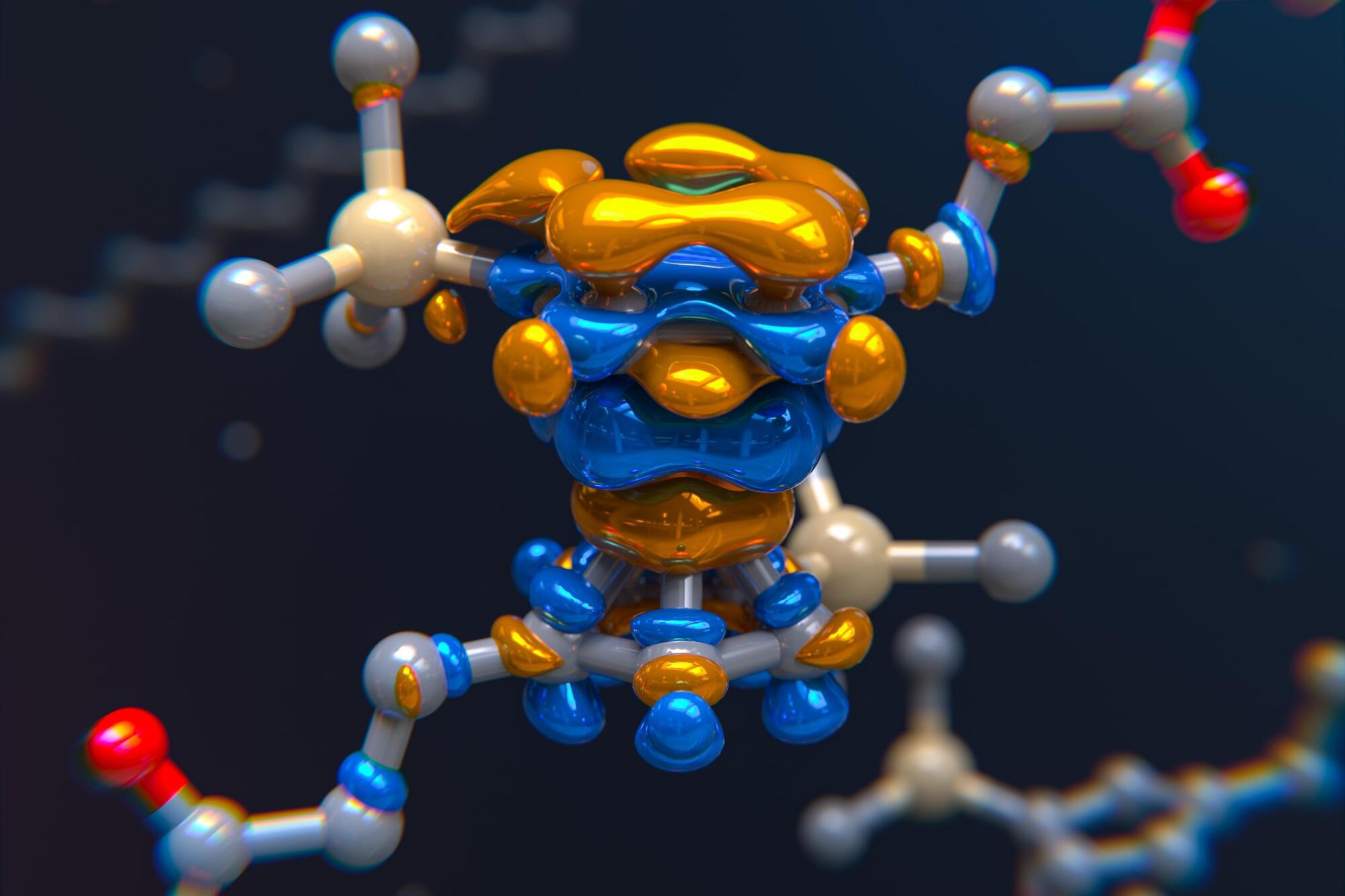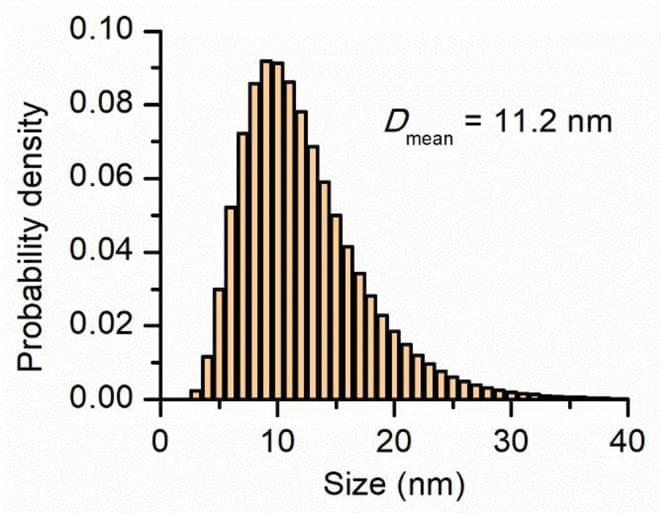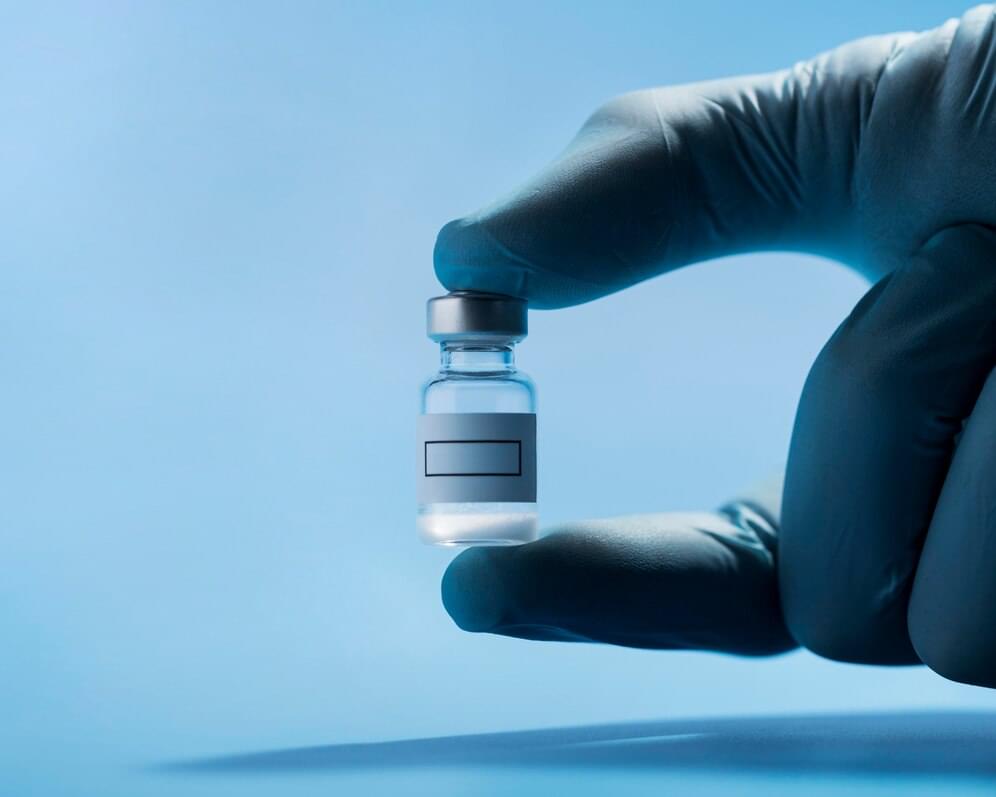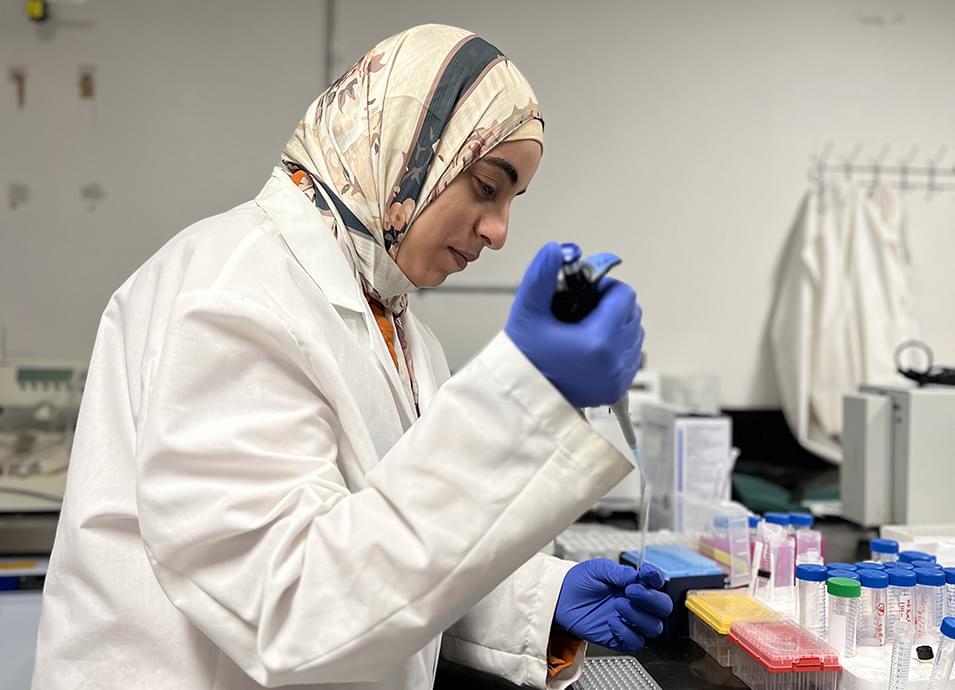A team of scientists have confirmed that their quantum computer is now in orbit around Earth aboard a satellite.






The development of wearable electronics and the current era of big data requires the sustainable power supply of numerous distributed sensors. In this paper, we designed and experimentally studied an energy harvester based on ferrofluid sloshing. The harvester contains a horizontally positioned cylindrical vial, half-filled with a ferrofluid exposed to a magnetic field. The vial is excited by a laboratory shaker and the induced voltage in a nearby coil is measured under increasing and decreasing shaking rates. Five ferrofluid samples are involved in the study, yielding the dependence of the electromotive force on the ferrofluid magnetization of saturation. The energy harvesting by ferrofluid sloshing is investigated in various magnetic field configurations. It is found that the most effective magnetic field configuration for the energy harvesting is characterized by the field intensity perpendicular to the axis of the vial motion and gravity. The harvested electric power linearly increases with the ferrofluid magnetization of saturation. The electromotive force generated by each ferrofluid is found identical for measurements in acceleration and deceleration mode. A significant reduction in the induced voltage is observed in a stronger magnetic field. The magneto-viscous effect and partial immobilization of the ferrofluid in the stronger magnetic field is considered. The magneto-viscous effect is documented by a supplementing experiment. The results extend knowledge on energy harvesting by ferrofluid sloshing and may pave the way to applications of ferrofluid energy harvesters for mechanical excitations with changing directions in regard to the magnetic field induction.
Rajnak, M., Kurimsky, J., Paulovicova, K. et al. Vibration energy harvesting by ferrofluids in external magnetic fields. Sci Rep 15, 26,701 (2025). https://doi.org/10.1038/s41598-025-12490-w.


OXFORD, Miss. – A University of Mississippi pharmacy professor will study how sugar molecules on proteins could lead to new ways to detect and treat diseases using a prestigious grant from the National Science Foundation.
The NSF has awarded a Faculty Early Career Development Program grant to Jing Li, assistant professor of medical chemistry and research and assistant professor in the Research Institute of Pharmaceutical Science.
Li will use computer modeling to study the effects of sugar molecules connected to proteins. These molecules – known as glycosylation – affect ion channels that play a crucial role in brain activity, heartbeats and muscle movement.

OXFORD, Miss. – Sea cucumbers are the ocean’s janitors, cleaning the seabed and recycling nutrients back into the water. But this humble marine invertebrate could also hold the key to stopping the spread of cancer.
A sugar compound found in sea cucumbers can effectively block Sulf-2, an enzyme that plays a major role in cancer growth, according to a University of Mississippi-led study published in Glycobiology.
“Marine life produces compounds with unique structures that are often rare or not found in terrestrial vertebrates,” said Marwa Farrag, a fourth-year doctoral candidate in the UM Department of BioMolecular Sciences.
“And so, the sugar compounds in sea cucumbers are unique. They aren’t commonly seen in other organisms. That’s why they’re worth studying.”
Farrag, a native of Assiut, Egypt, and the study’s lead author, worked with a team of researchers from Ole Miss and Georgetown University on the project.


Longevity biotech giant Altos Labs has appointed Dr Joan Mannick as its Chief Medical Officer and head of product development, signaling a shift toward advancing clinical programs based on the company’s cellular rejuvenation technology. As Life Biosciences reportedly prepares to enter clinical trials with its partial epigenetic reprogramming candidate, is Altos about to join the party?
Altos, which launched with $3 billion in funding in 2022, is focused on reversing disease and age-related decline by restoring cellular health through partial epigenetic reprogramming, a technique inspired by the work of Nobel laureate Shinya Yamanaka and Juan Carlos Izpisua Belmonte. The company’s approach, which reverts cells toward a youthful state without altering their identity, has demonstrated benefits in animal models, extending both lifespan and healthspan in mice.
Although Altos has not yet launched human trials, the appointment of Mannick, who has significant experience designing and running clinical programs in aging biology, indicates the company is shifting into clinical applications of its technology. She will operate within Altos’ Institute of Medicine, collaborating with discovery and development teams to shape the clinical direction of its therapies.